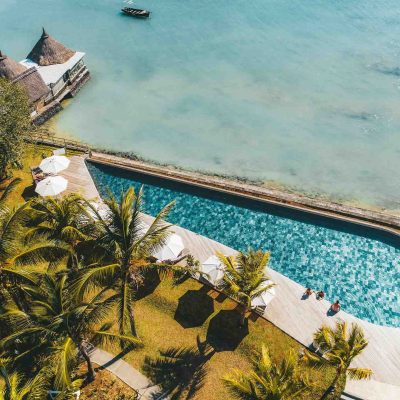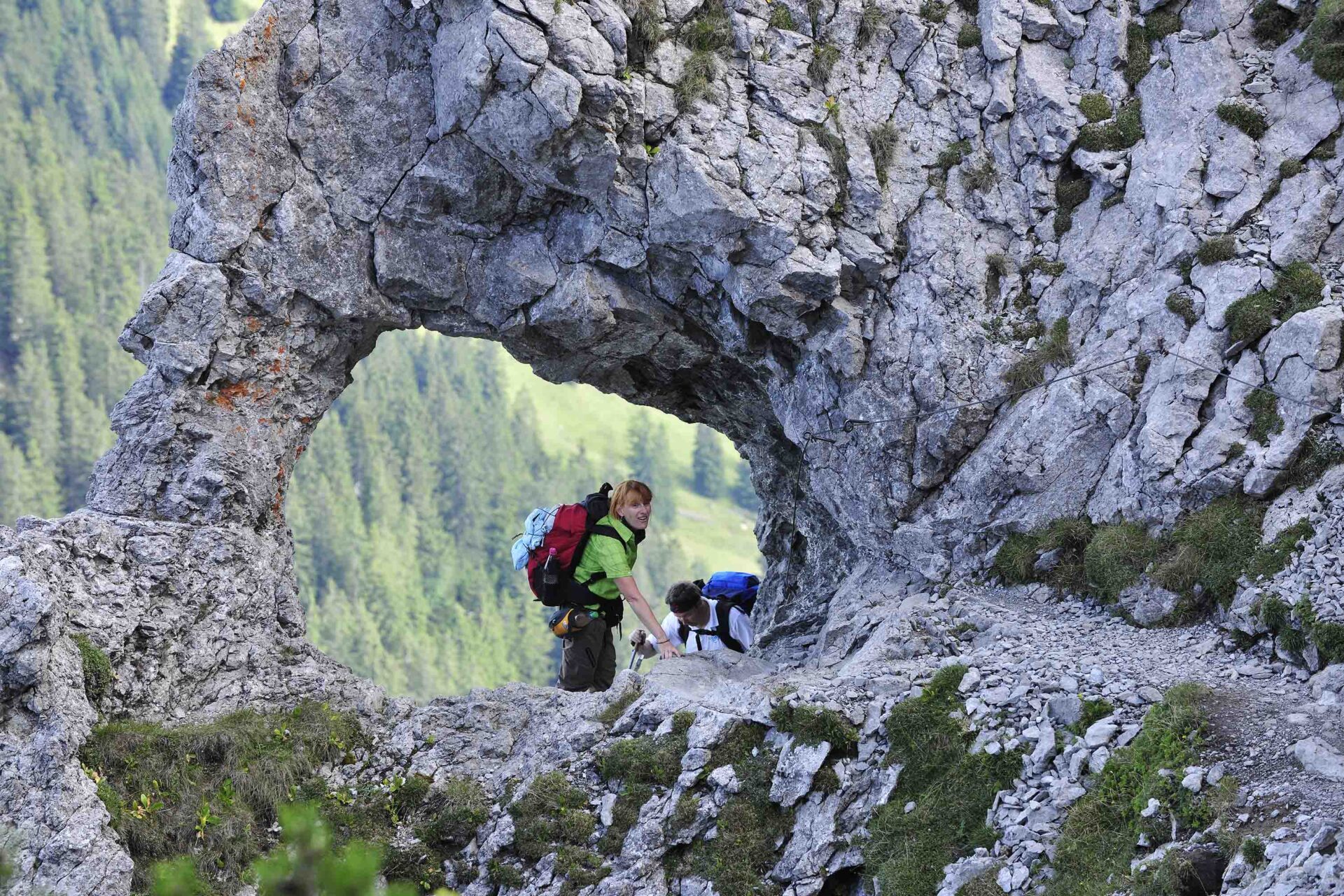
Hiking, swimming or mountainbiking? Liechtenstein may be small, but it offers something for everyone in just 160 km²,. And one thing’s for sure: wherever you are staying in the country, you can get anywhere you want to be within half an hour, either by car or using the local bus.
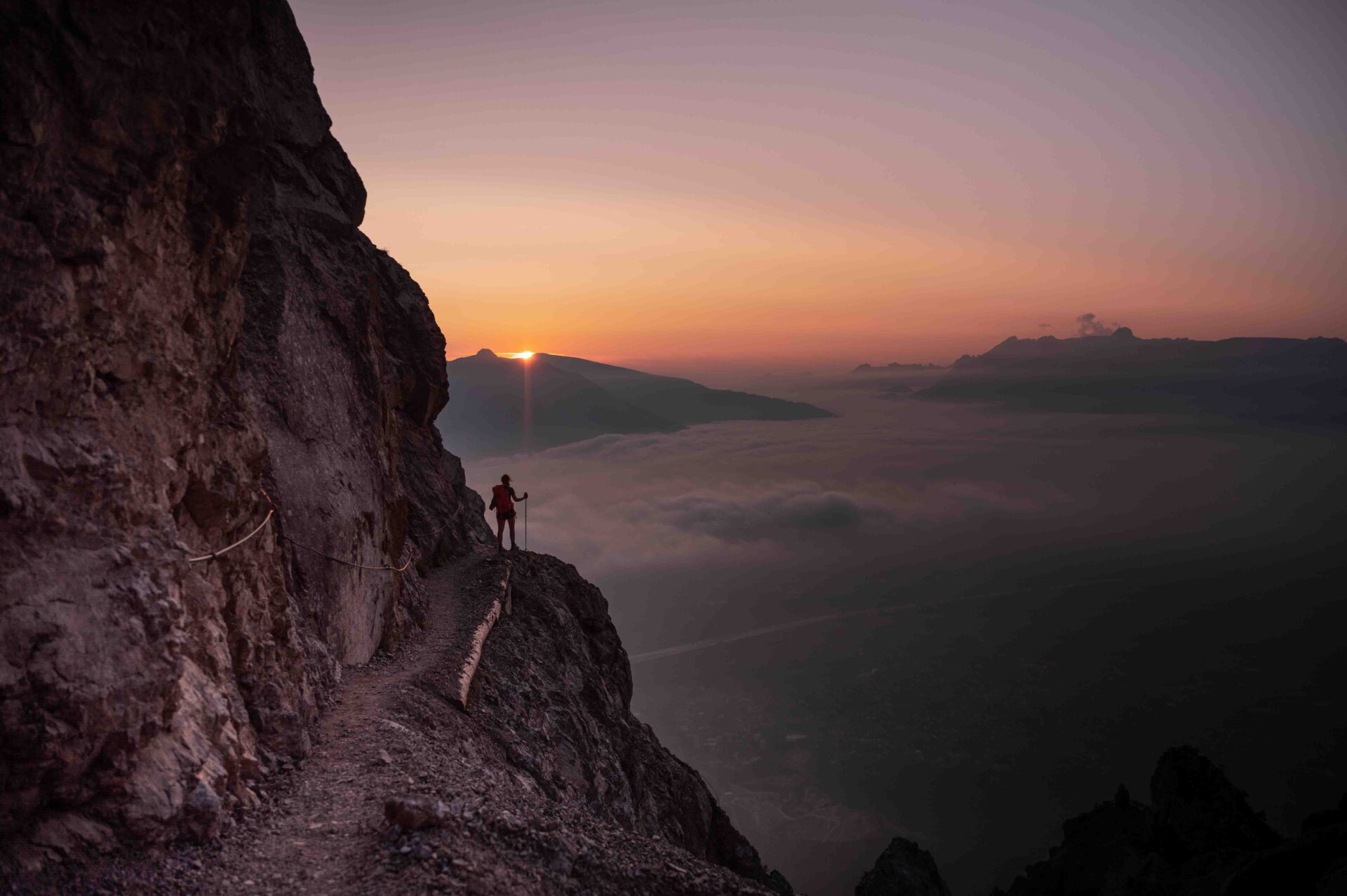
Visitors with a passion for outdoor sports are spoilt for choice thanks to the country’s 400 km of well-signposted walking paths stretching from the valley floor up into the mountains, from gentle walks to challenging multi-day hikes in the Alps. Mountainbikers can also explore an abundance of clearly marked trails ideal for all abilities, while around 100 km of gentle cycle paths are a great way to discover the country and its sights on two wheels.
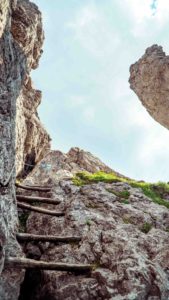

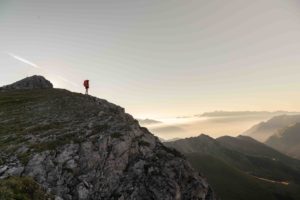
Situated in a protected position at 1600 metres above sea level, the Alpine village of Malbun offers guaranteed snow, modern lifts, 23 km of pistes and a children’s area known as “malbi-park”. Its family- facilities have even seen it receive the Families Welcome Award. The nearby region of Steg-Valüna is a paradise for cross-country skiers and provides 15 km of idyllic trails catering for both the traditional classic technique and the more modern skating technique.
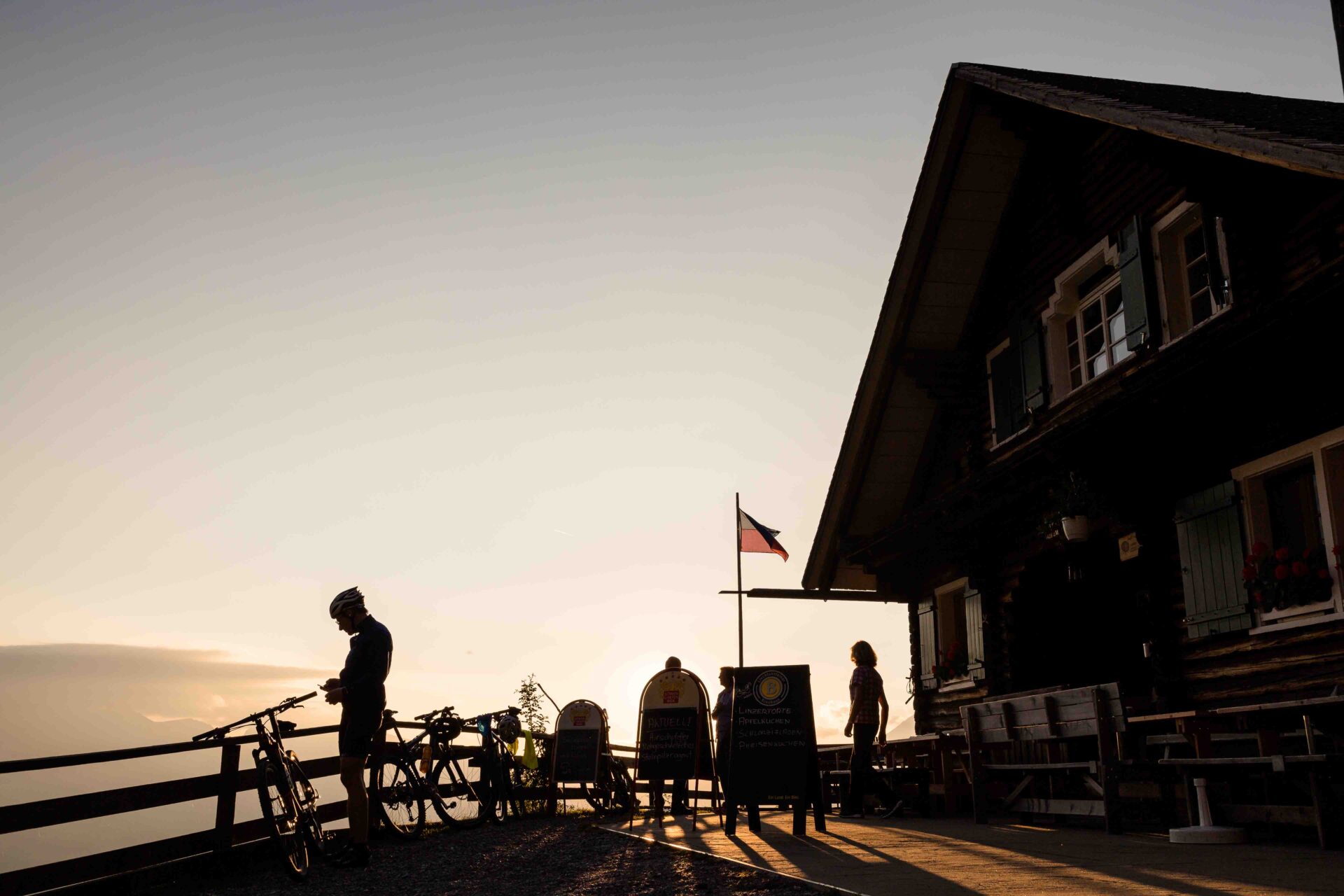
Route 66: Cross Liechtenstein in hiking boots
Liechtenstein has a surface area of 160 km2 and over 400 kilometres of signed hiking trails. One highlight is the 48-kilometre Liechtenstein Panorama Trail– indicated with the number 66. The trail leads from Malbun in the south to Ruggell in the north, through practically every part of the Principality. A picture-book trail: wild, almost untouched and offering wonderful views.
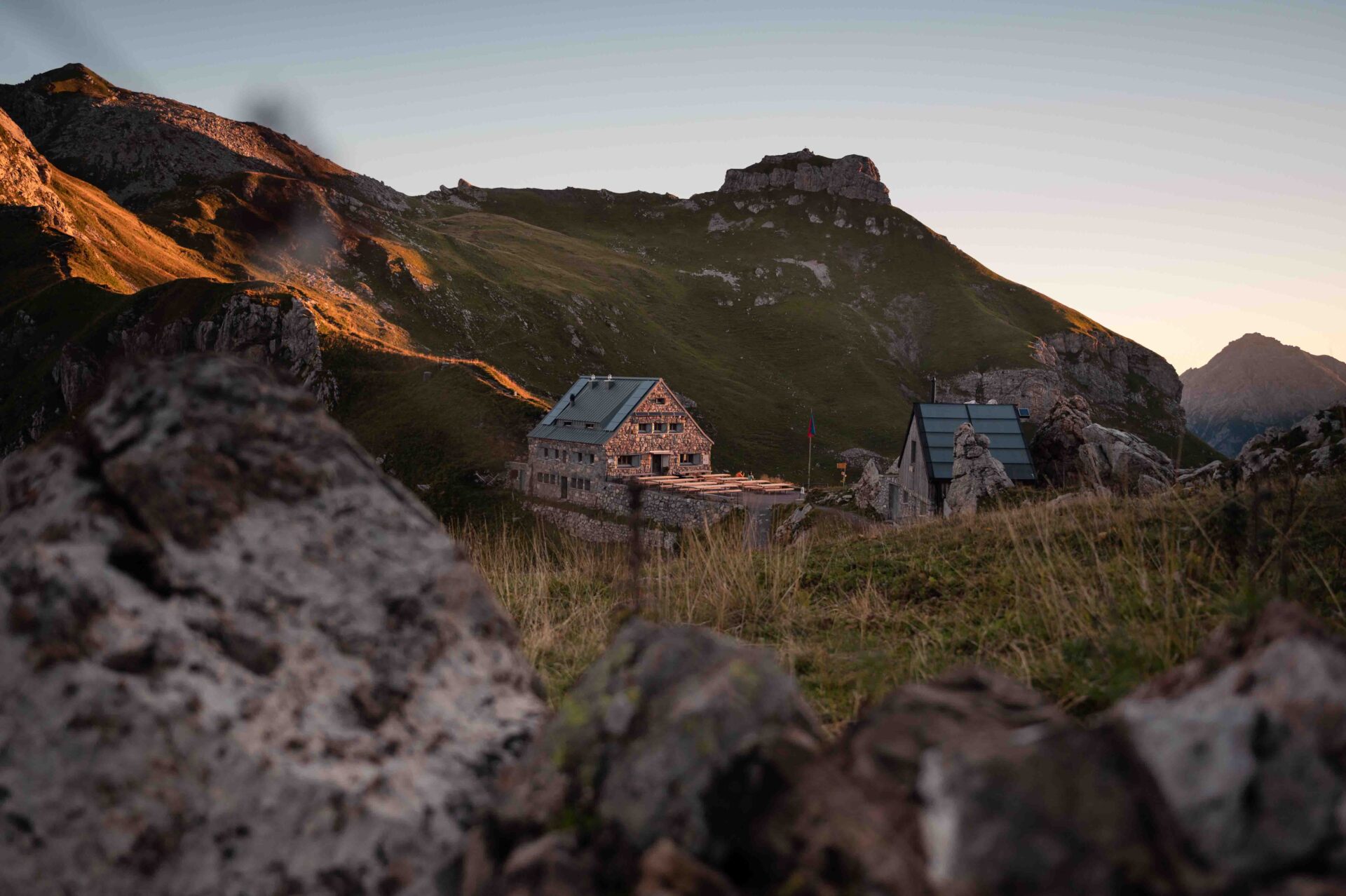
The first stage begins in the family-friendly holiday centre of Malbun. The Fürstin-Gina-Weg rises to Augstenberg at an altitude of 2,359 metres, the highest peak in Liechtenstein that is not a border mountain. Following the first peak, the trail descends to the Pfälzerhütte, a mountain lodge where a first break can be taken. The trail then continues gently through the Naaf Valley, via the Alpelti to the Sücka mountain guesthouse, where hikers can spend the night. A special feature of this hiking trail is the wealth of flora. Hikers can discover almost all 800 of Liechtenstein’s species of alpine plants along the route.
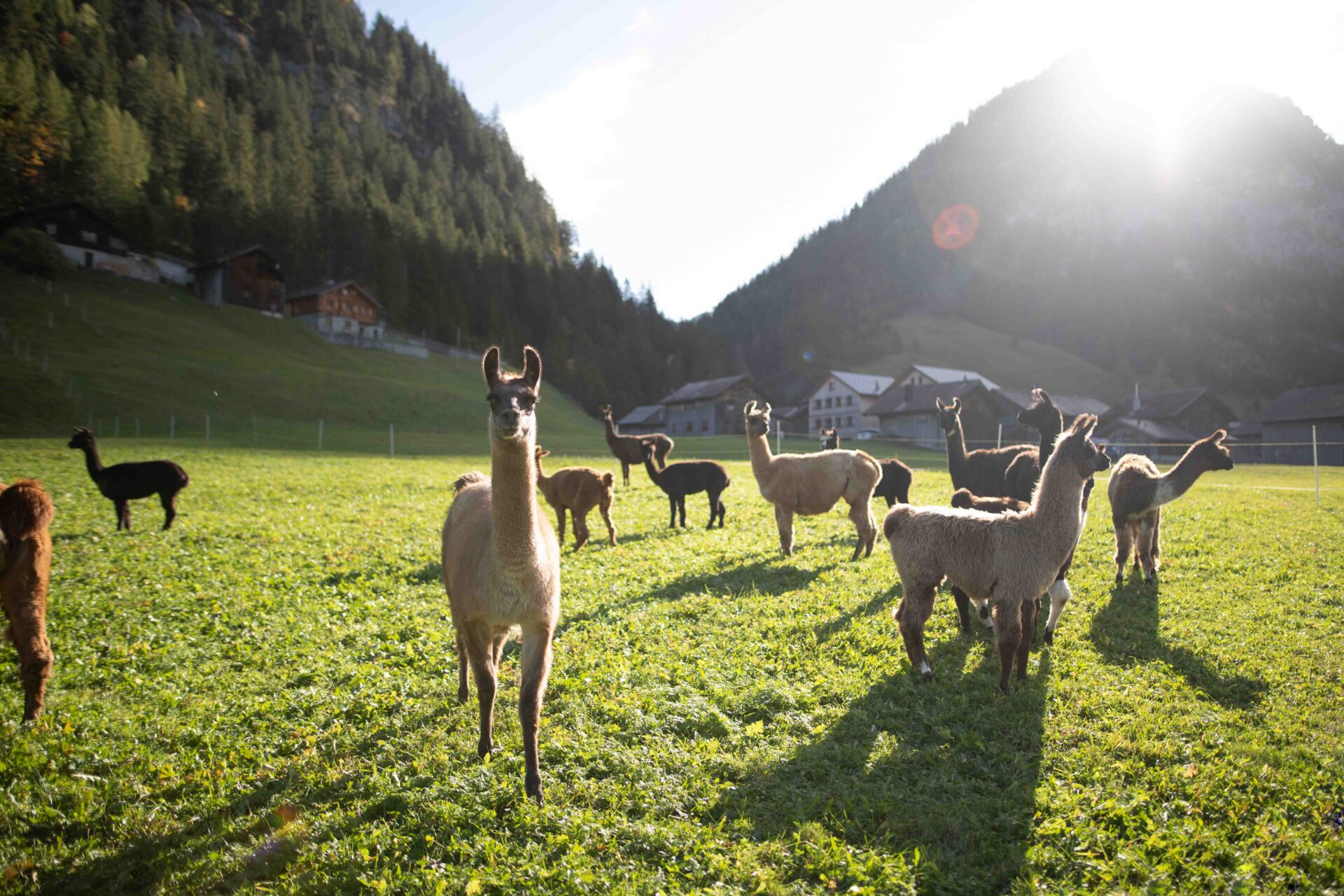
Fürstensteig and Drei Schwestern
Two classic highlights await hikers during the second stage. From Sücka, the trail continues on the Gratrücken ridge, along the largest part of the tour to the Fürstensteig trail. The Fürstensteg is a unique experience for hikers with a head for heights and sure feet. The trail, which is hewn into the rock and was opened in 1898, is one of the most famous paths in the Rätikon region. Following the impressive Fürstensteig, the legendary “Drei Schwestern” (“Three Sisters”) mountain ridge awaits. According to legend, three sisters were turned into rock here, because they went gathering berries on a Sunday, instead of going to church. The Kuhgrat (2,123 meters above sea-level) is the highest point on this varied stage, offering splendid views of Rätikon, the Swiss and Vorarlberg mountains. This stage ends at the Gafadura Mountain Lodge, where hikers can enjoy fine food and reflect upon their adventures.
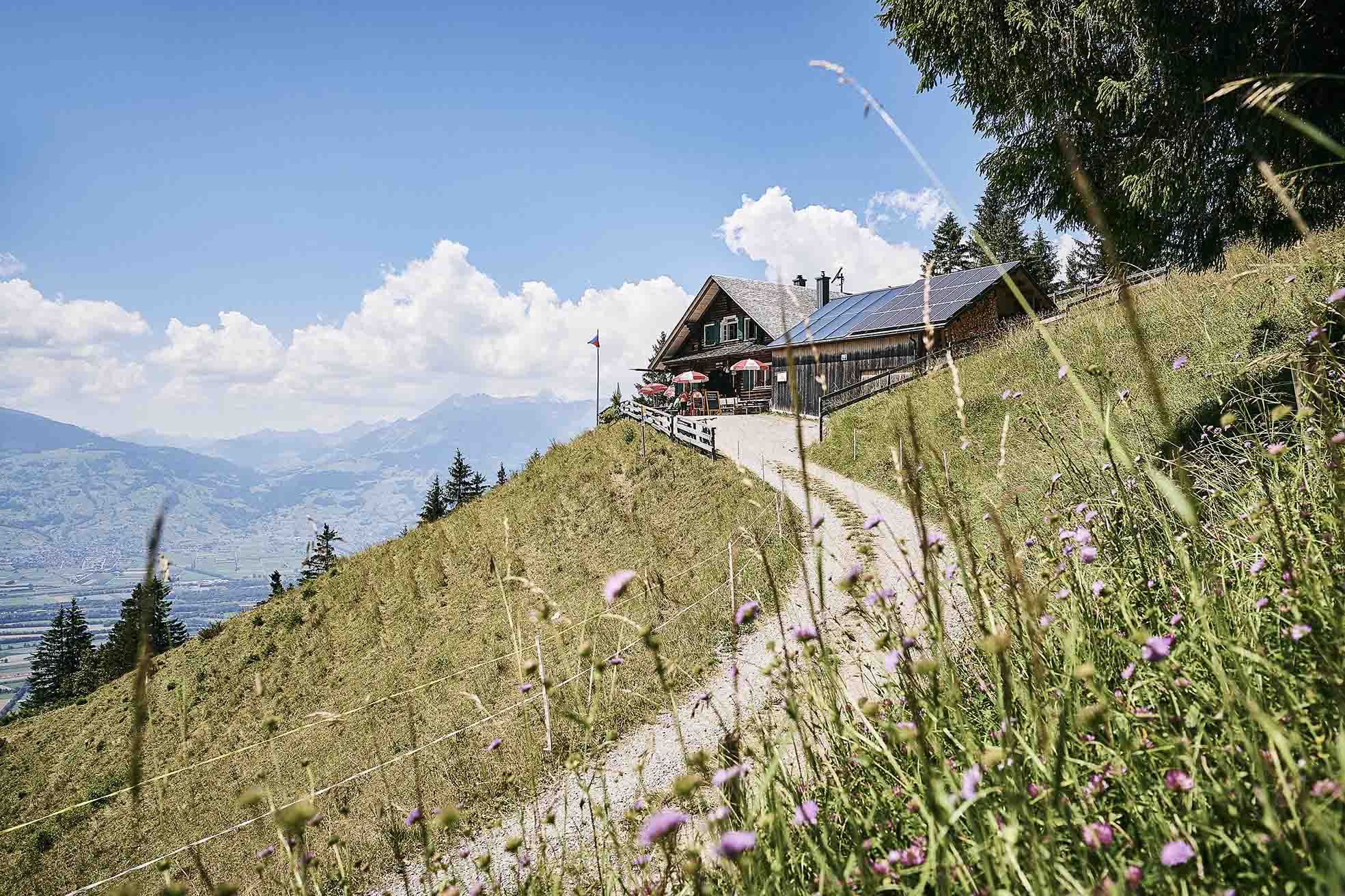
From the mountains to the valley
Nature-lovers will particularly enjoy the final stage. The route leads from the mountains down into the valley. Passing Nendeln and Mauren, the route takes hikers through Schellenberg. At just 626 metres above sea-level, the municipality of the same name is not considered a mountain municipality by Liechtensteiners. Schellenberg is located on the high ridge of Eschnerberg, which extends as an isolated mountain from north to east from Bendern (FL) to Feldkirch (A). Its secure high altitude above the Rhine Valley made Eschnerberg a favoured settlement site in the pre-historical era. Archaeological excavations have demonstrated that there has been a continuous settlement here since approx. 5000 BC. From Schellenberg the trail descends.









